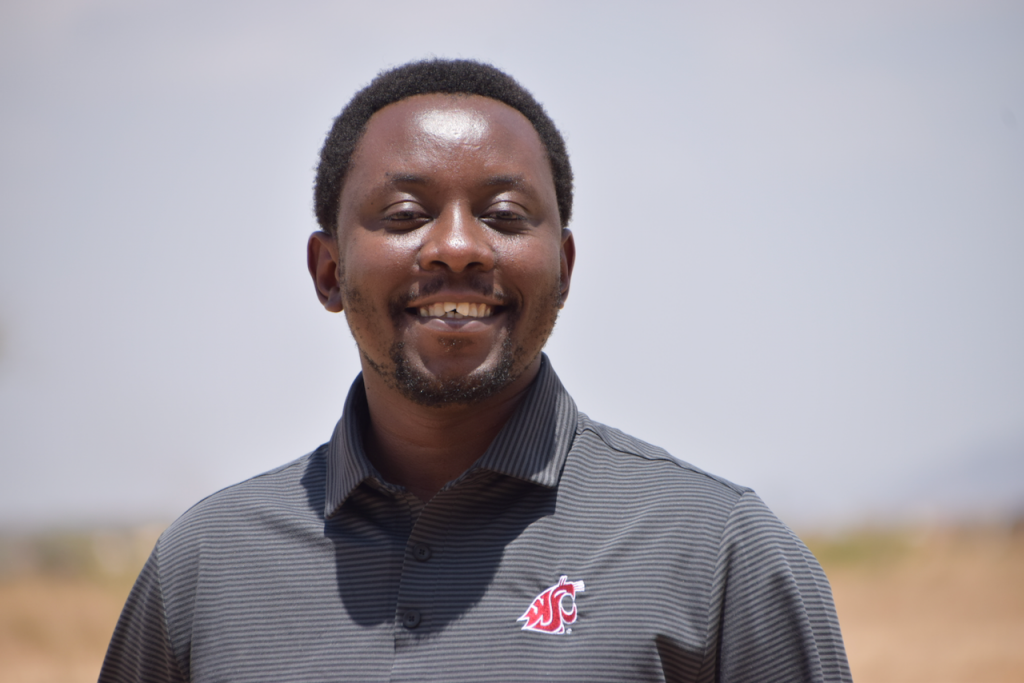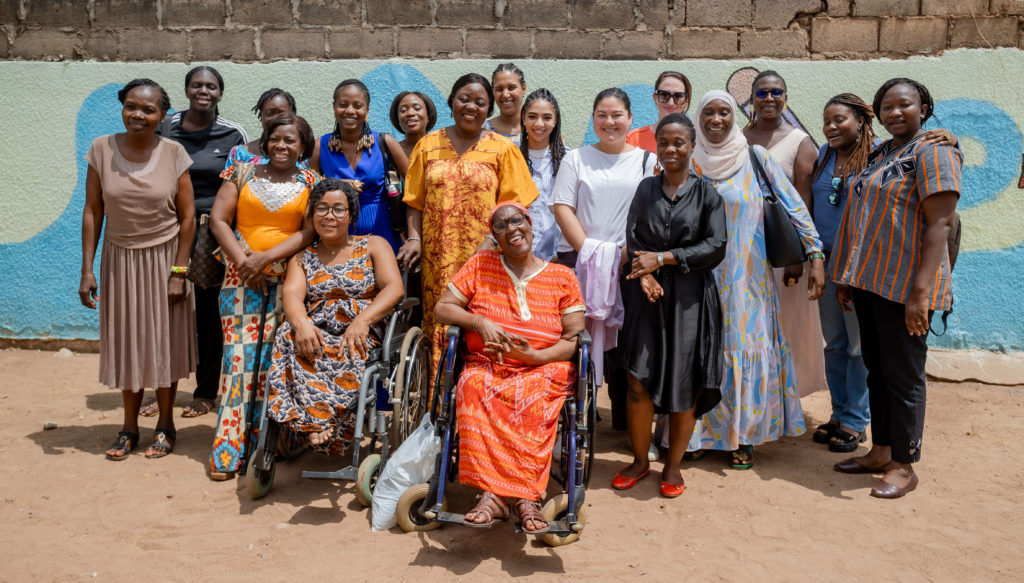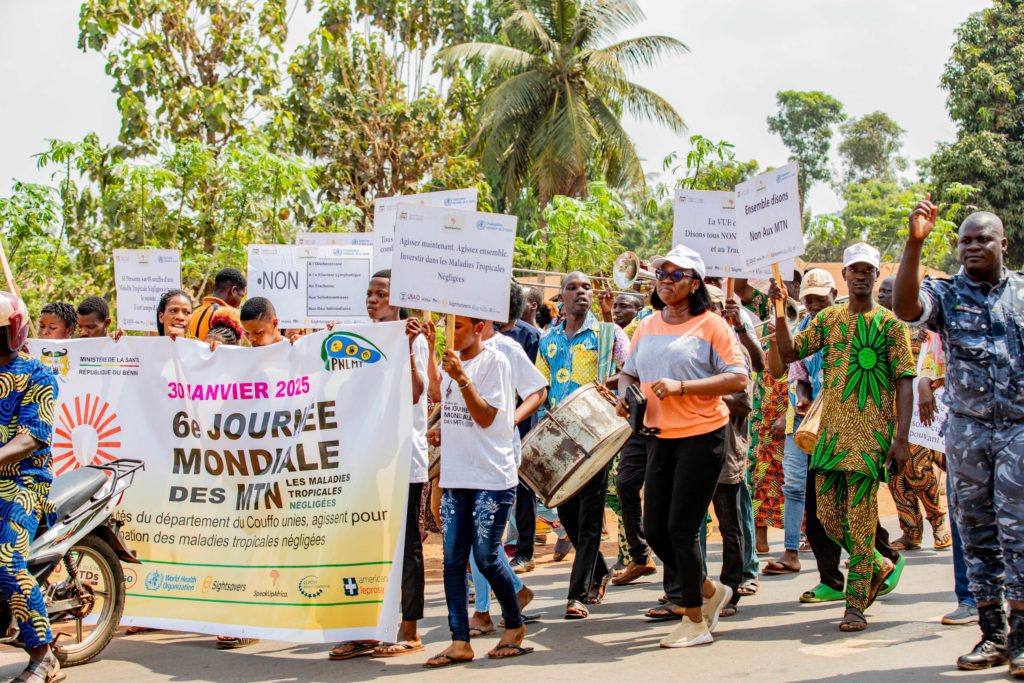MWANGI: Compelling reasons to trust fast-tracked Covid vaccines

Thumbi Mwangi, an infectious diseases epidemiologist, spoke on concerns around the coronavirus pandemic and vaccines, and specifically addressed drug efficacy due to the speedy lab-time turnaround.
Since vaccines take years to develop, why trust the Covid-19 ones of less than 12 months?
The rapid development of the Covid-19 vaccines is the result of the deliberate elimination of historical limitations to the speed of making vaccines and rolling them out. It is not lack of comprehensive evaluation of the vaccine’s efficacy and safety. Put in context, before the Covid-19 vaccine, the development of mumps vaccine in the 1960s was hailed as the fastest vaccine to have been developed — taking four years from virus sampling to approval. Several factors have helped drastically reduce the time taken to get the Covid-19 vaccines compared to other vaccines. Here I focus on four of them.
- First, earlier investments in research paid off. Although the Sars-CoV2 virus causing Covid-19 was new, its relatives — the family of coronaviruses — were not new. Scientists have been working on other coronaviruses for many years including SARS from 2002 and Mers from 2012. They had gathered useful information for vaccine development against these types of viruses including the parts of the virus that help them infect our bodies, and the virus parts that stimulate our bodies’ immune defences to fight back infection.
- The second key driver is the willingness to collaborate, combined with technological advancement. A full sequence of the SARS-CoV2 virus was publicly available within 10 days of the virus discovery. Its fast availability allowed scientists across the globe to immediately start working on solutions including diagnostics and vaccines. Technological advances such as the use of adenovirus vectors (Oxford/AstraZeneca approach) to deliver genetic codes that instruct our bodies to elicit immune responses against the infection of interest had previously worked for the Ebola virus vaccine. In addition, the messenger RNA (mRNA) technology (seen in the Pfizer-BioNTech/Moderna approach) that directs the body to produce the viral protein had also just be-come of age when the pandemic started, helping to accelerate development of the vaccine.
- The third factor has been the deliberate and massive funding from governments, private sector and philanthropists. This critical piece provided sufficient resources for firms developing vaccines to take financial risks by concurrently running efficacy and safety tests.
Vaccine development is expensive with huge financial risks for companies. The availability of funding has had a number of benefits, including allowing companies to start manufacturing early on, making the vaccines immediately available following approval. Finally, Covid-19 is in every region and has impacted everyone to some degree. This provided unique advantages to the vaccine development including thousands of people volunteering for trials, and risking infection given the ease of the virus’ spread. These factors helped to make the data required to test efficacy of the vaccines and their safety more readily available than for other diseases.
If one country goes for vaccines and a neighbouring one doesn’t, yet they have open borders, what happens to the vaccinated population as it comes into contact with the non-vaccinated?
We should appreciate what Covid-19 has helped emphasise — diseases don’t care for political boundaries. A public health threat anywhere can easily turn to be a public health threat everywhere. Vaccines work at two levels: at individual level — to prevent or minimise severity of disease in the vaccinated individual; and at population level — to minimise risk of a person in that population. The vaccinated individual will be protected, but the risk of disease in the unvaccinated people in the country with vaccination will be elevated by continuing to mix with individuals from countries not carrying out vaccination. Importantly, the country without vaccinations will have a higher burden of the disease. That country will take longer to return to normalcy and will have opted out of the most likely cost-effective method of dealing with the pandemic.
And will the vaccinated population ever be free of this infection, as they come into contact with this non-vaccinated population? What are the dangers in such a scenario?
Currently, freedom from infections is not the realistic goal of Covid-19 vaccinations at population level for most regions in the world. Vaccinations will minimise hospitalisations, morbidity and deaths due to Covid-19 in any place or region that will vaccinate its people in sufficient numbers. Elimination of SARS-CoV2 infections would require sufficient administration of vaccines that block transmission of current and variants of the virus everywhere, and an excellent surveillance and response system that keeps all new infections away from a country. Otherwise, we are in this for the long haul.
How do you explain an epidemic so severe and even fatal on some population and not on another, like that recorded in Europe and the US versus effects in most of Africa?
We do not have all the answers yet. However, we can tell that, globally, Covid-19 is less severe among younger people and the majority of people on the African continent are young with fewer comorbidities that exacerbate Covid-19. The virus also spreads more effectively indoors and in densely populated areas. Most of the African population is in rural areas, in comparatively less dense areas, and living in climates that allow for more outdoor living. Another significant factor is that it took longer for the continent to get Covid-19 cases. This allowed countries to better prepare and implement stronger and quicker responses to the disease. Other schools of thought have it that regular exposure to other infections may have worked in our favour by providing a degree of protection from Covid-19. On this one, the jury is still out.
When a vaccine only covers 15 per cent of the population, will this stop or even reduce infections?
Individuals who get vaccinated, however small a proportion of the population they form, will be protected from the disease. That will reduce the disease. Is 15 percent sufficient to stop infections? The answer is no. To stop new epidemics of the disease in a population, it is estimated that about 60 percent of the population should be protected.
Will people need to have several boosters of Covid-19 vaccines even for those brands requiring initial double doses, because of the different variants popping up around the world?
If the immunity against Covid-19 following vaccination wanes with time there will be need for continued vaccinations. This is not new as it is similar to our response to influenza viruses. As ever, our response to Covid-19 has been a series of huge learning curves.
Bio:
Mwangi uses applied epidemiological modelling and data science to improve the speed and quality of policy decision making in human and animal health.
Positions include:
Senior Research Fellow, the University of Nairobi Institute of Tropical and Infectious Diseases; Associate Professor, Washington State University Paul G Allen School for Global Animal Health; Chancellor’s Fellow in Global Health, University of Edinburgh; Affiliate Fellow, African Academy of Sciences, and Affiliate Fellow, South African Centre for Epidemiological Modelling and Analysis.
Education:
Veterinarian from the University of Nairobi (2005) and a PhD in Infectious Disease Epidemiology from the University of Edinburgh (2012). His current research focuses on implementing research for elimination of dog-mediated human rabies, syndromic surveillance for early detection of zoonotic spillover, understanding transmission and control of zoonoses, livestock interventions for improvement of human nutritional status, and recently transmission dynamics and control of SARS-CoV2 in Kenya.
Read more on The East African website


